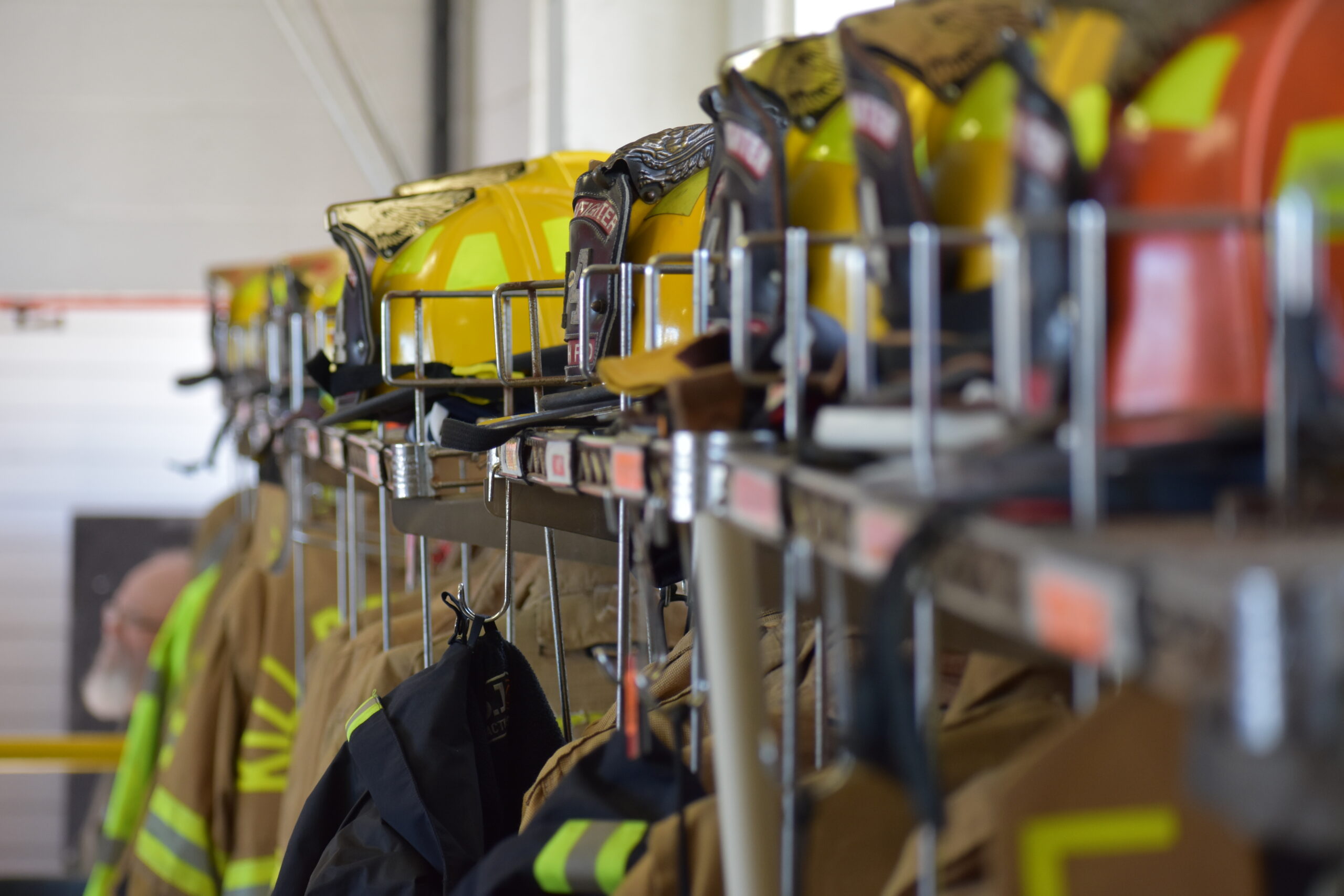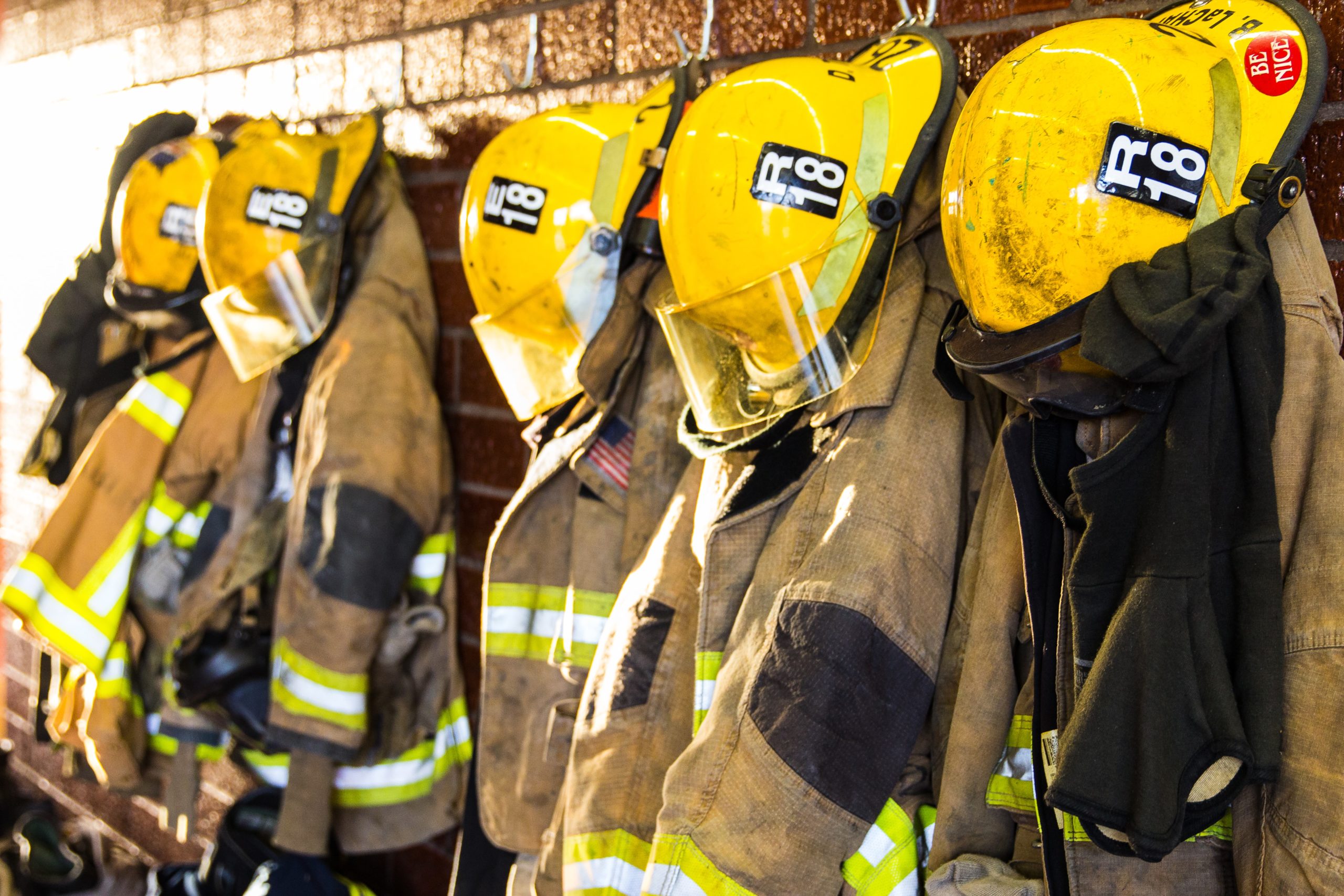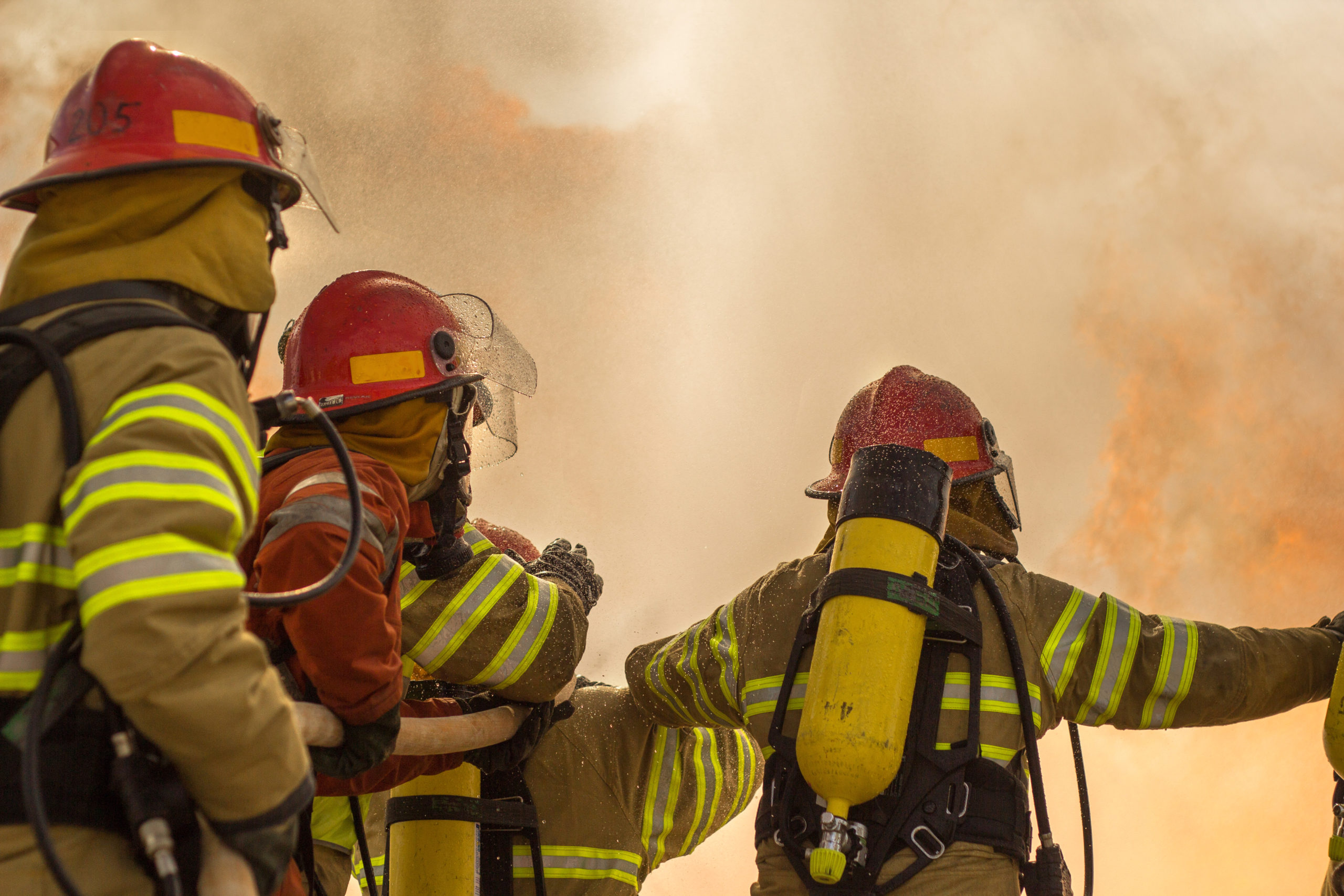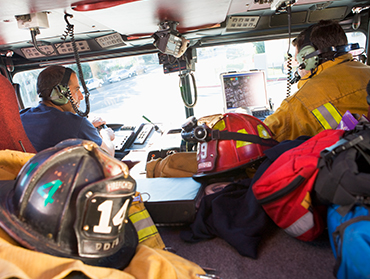- Home
- Archive for "Fire station alerting"
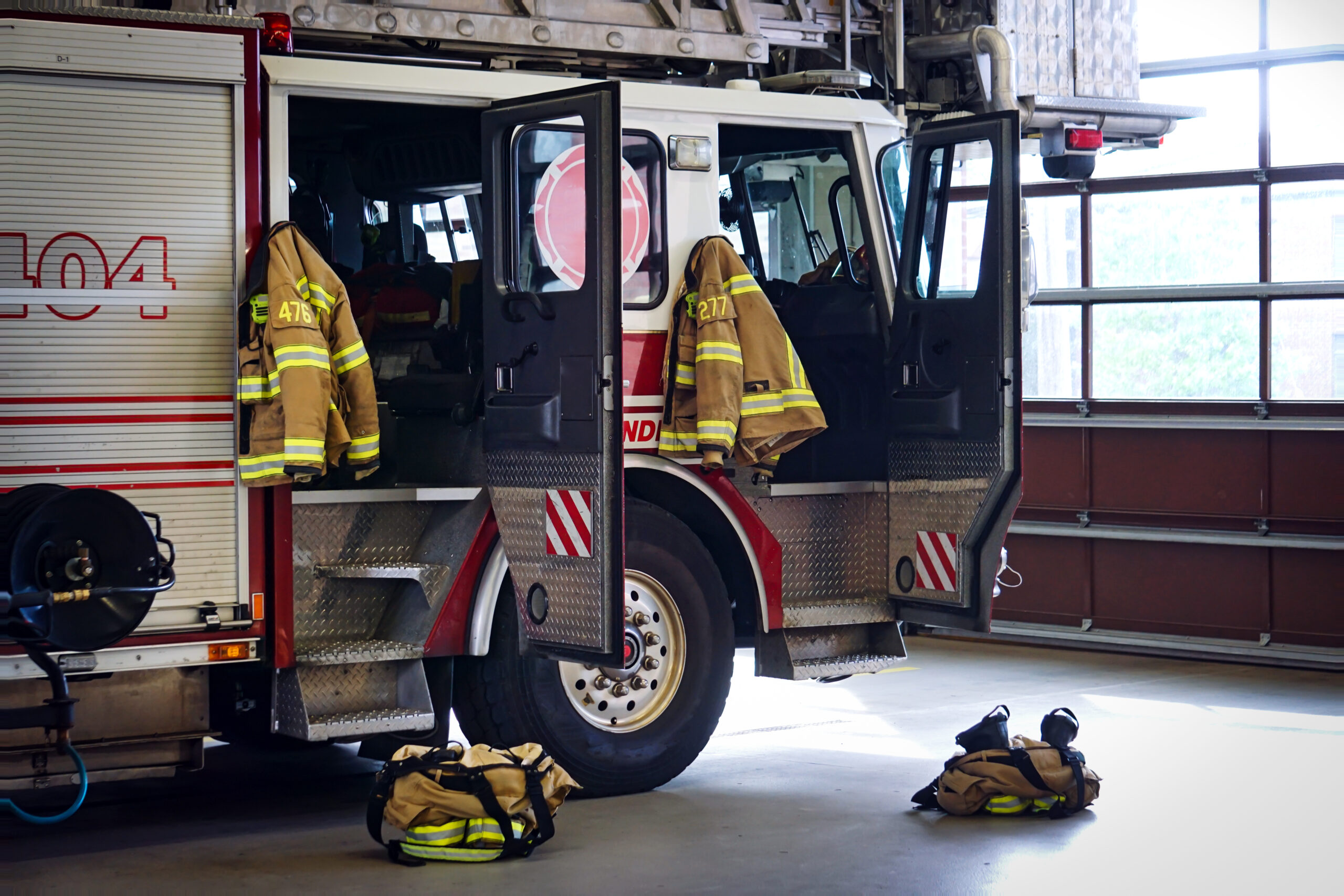
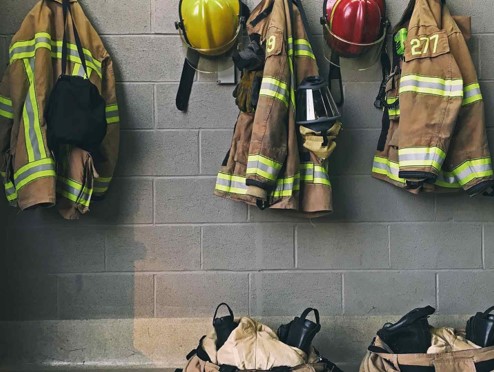
Beyond the Alarm: The Definitive Guide for Building Your Fire Station Alerting System
About the eBook Your fire department alerting system plays a vital role in your overall response process, and its functionality should be tailored to your department. Additionally, first responder technology that is modernized and highly configurable helps save more lives, decrease response times & improve your community’s ISO fire rating. Whatever your objective—replacing or upgrading […]
Continue Reading
National Institute of Health Case Study
About the Case Study The National Institutes of Health found its public safety facilities and systems in need of upgrading. Existing technologies to support fire, police, emergency management, etc., were not integrated, causing challenges with communicating and collaborating. The NIH sought help in delving into the complex organization, evaluating both technology and business processes. It […]
Continue Reading